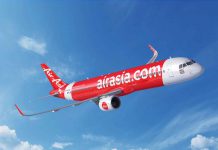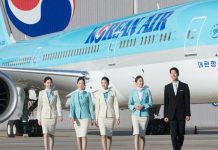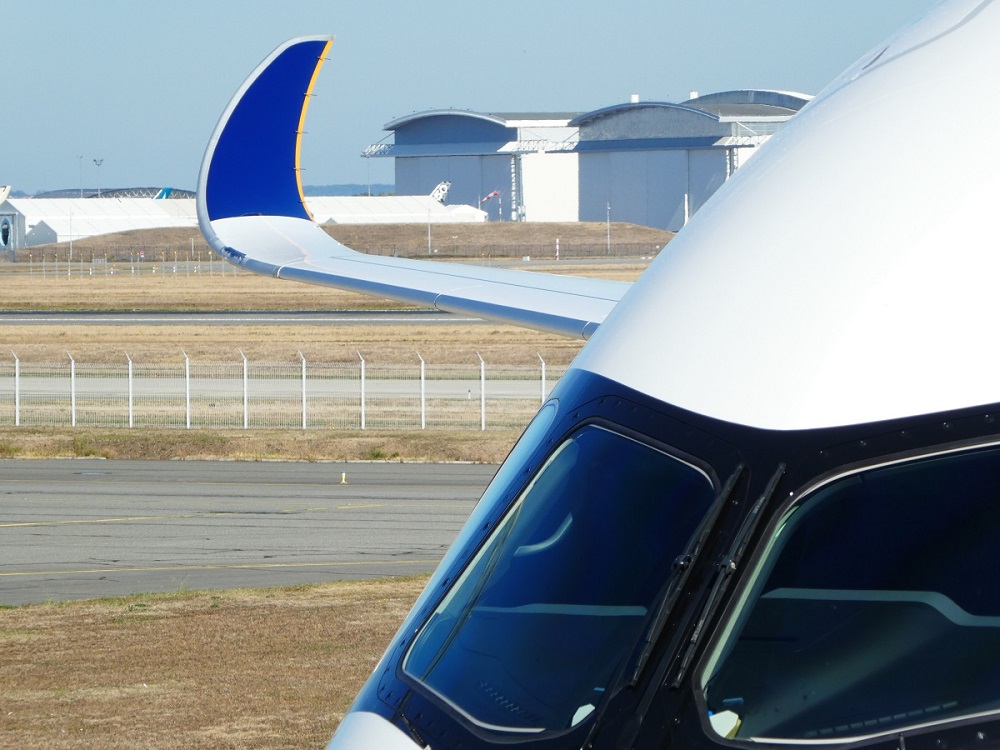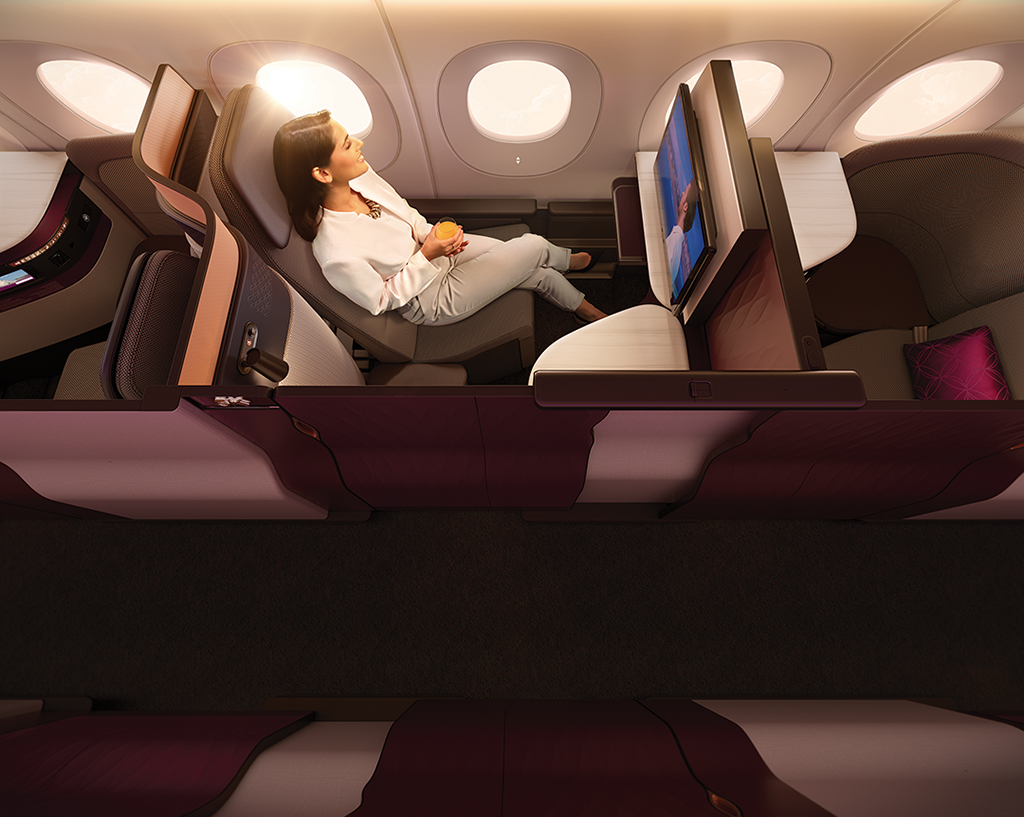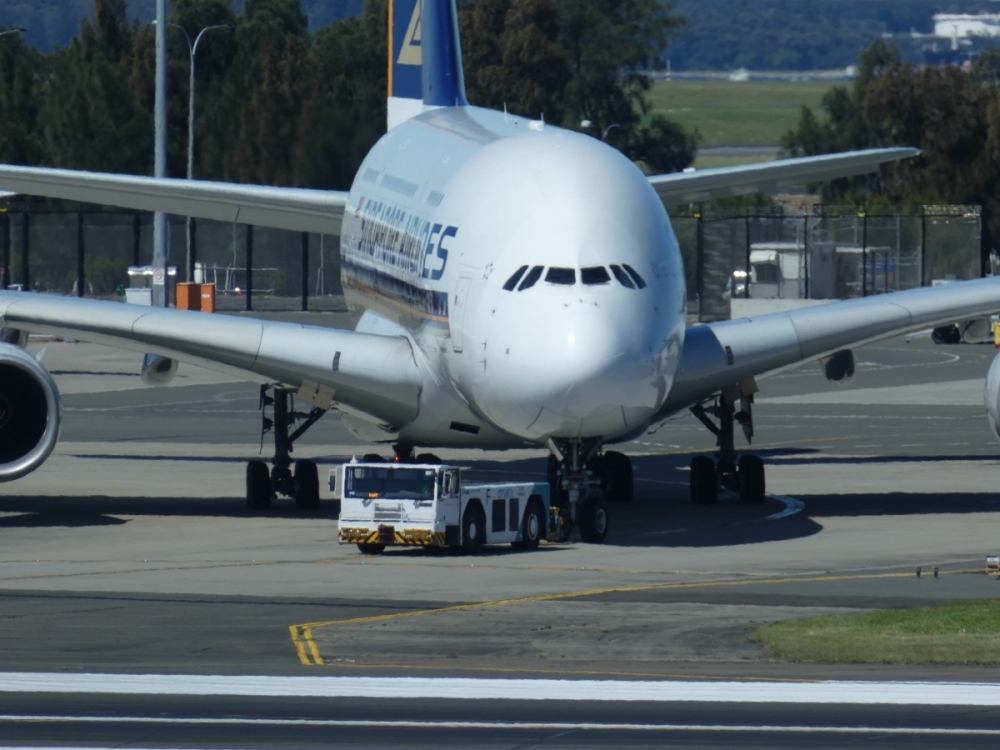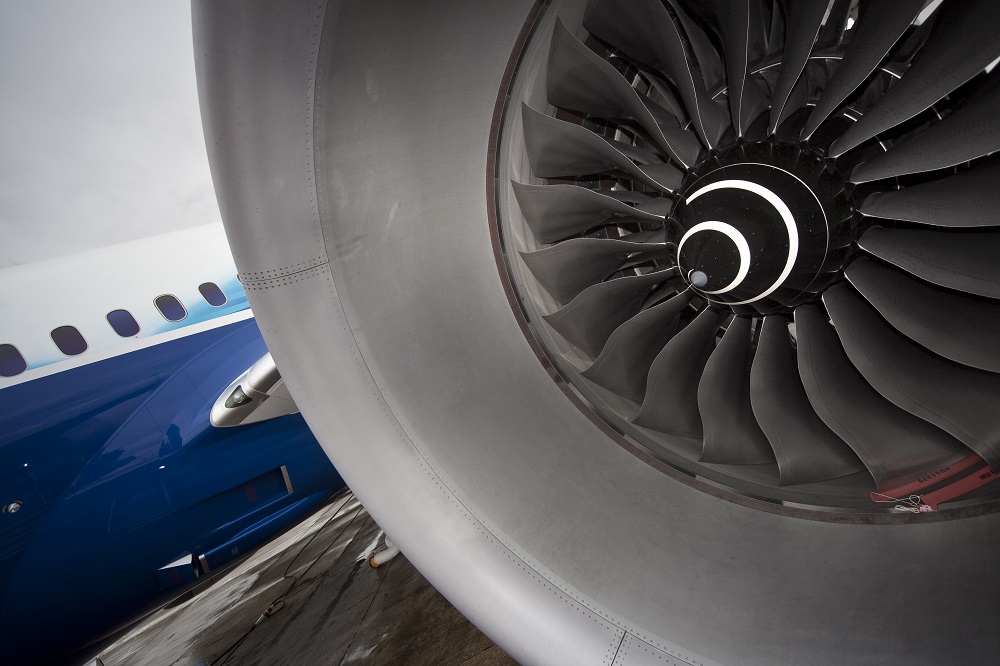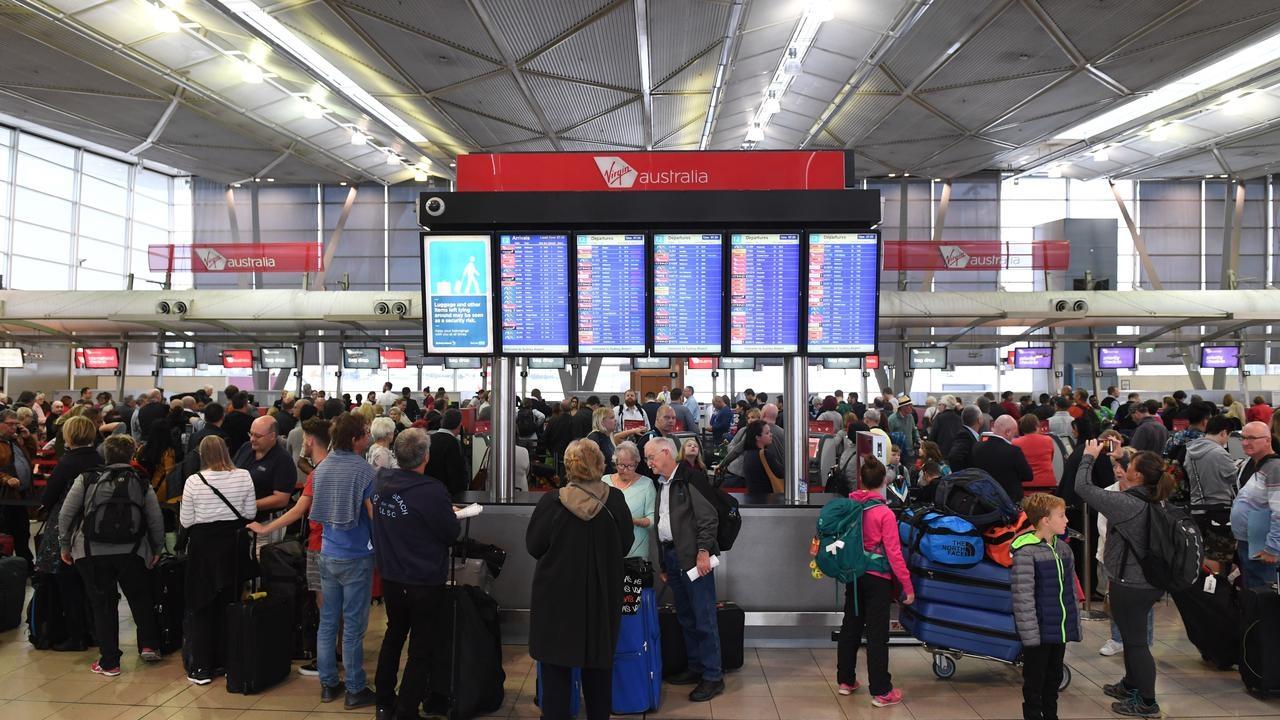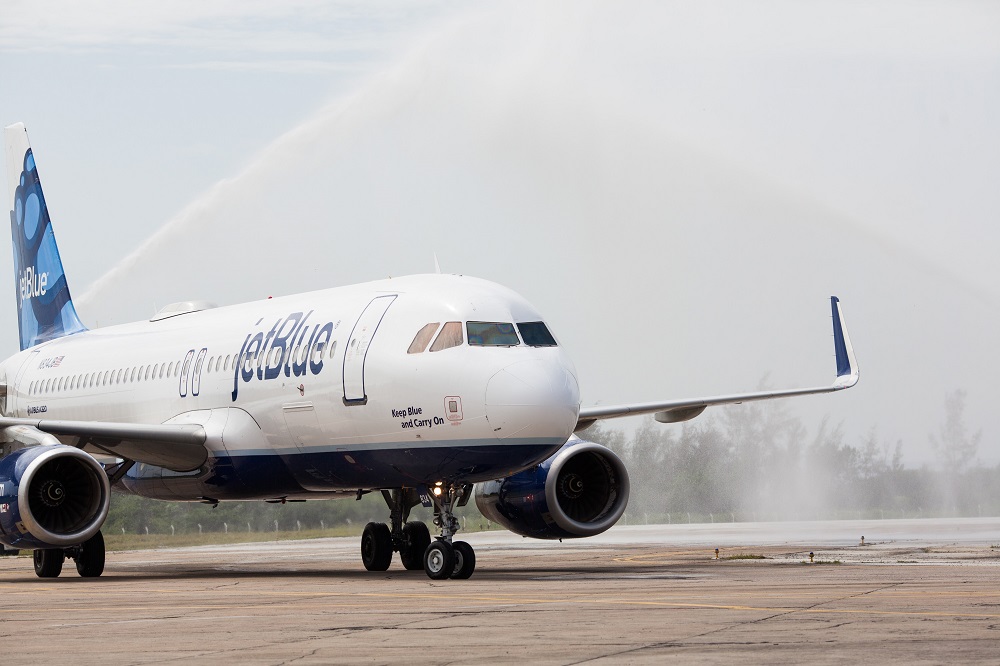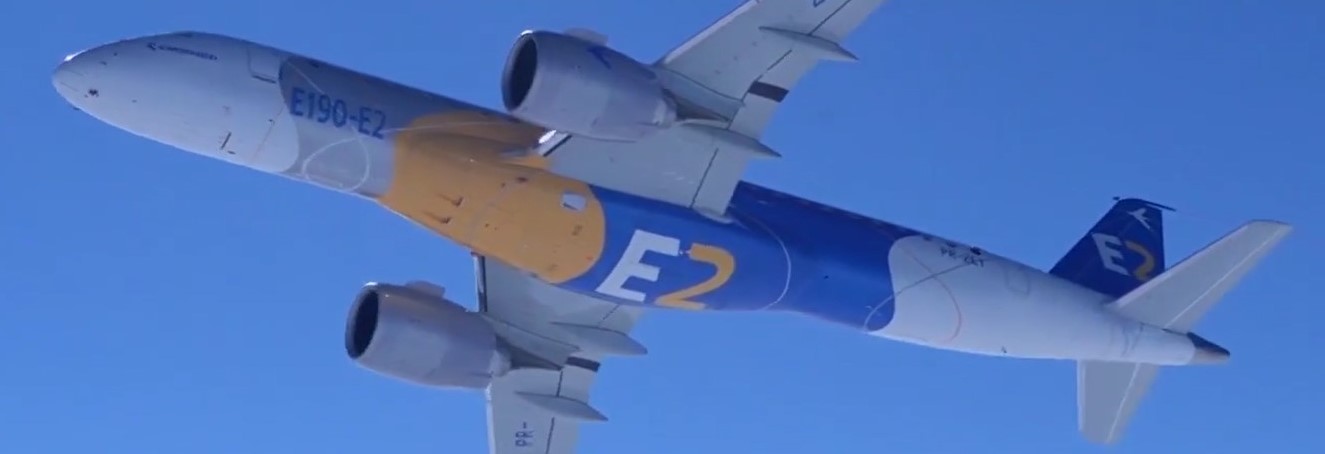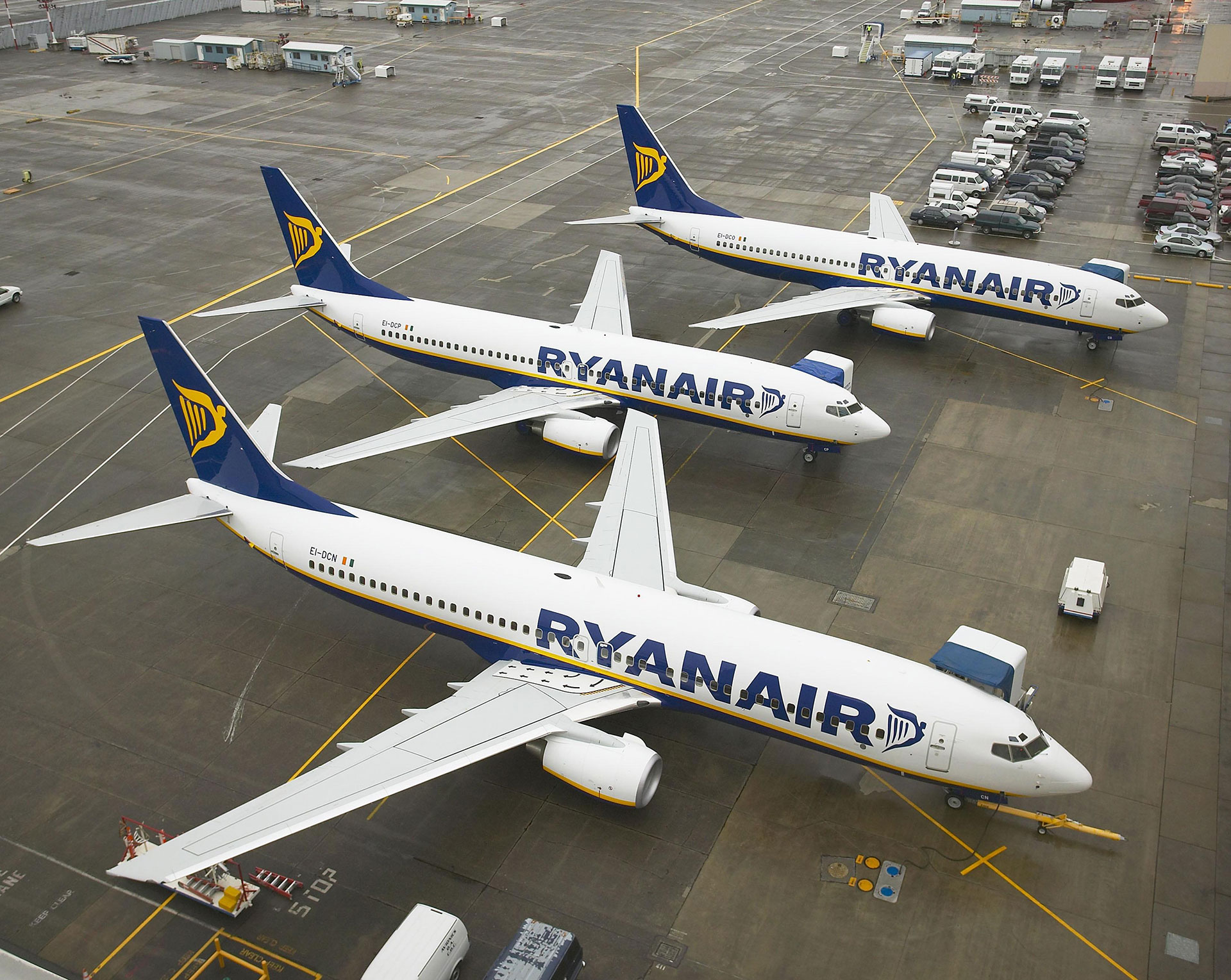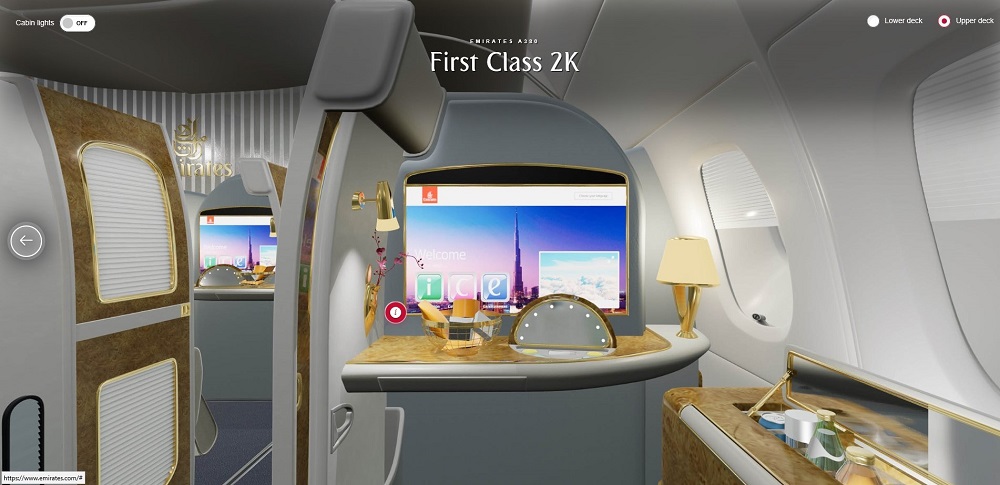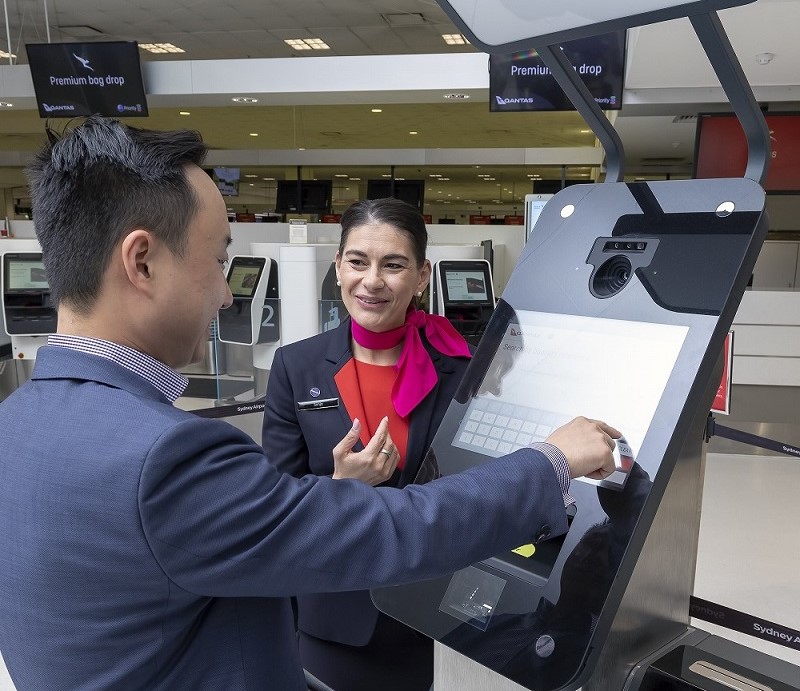Strong growth in emerging economies and evolving airline business models have prompted European manufacturer Airbus to boost its latest 20-year aircraft demand forecast by 7 percent compared to last year’s prediction.
The global fleet of passenger aircraft is expected to more than double to 48,000 in the next 20 years as plane-makers deliver more than 37,000 new aircraft valued at $US5.8 trillion at list prices.
Airbus is predicting the 37,390 new passenger and freighter aircraft will include 26,540 needed for growth and 10,850 to replace older, less fuel-efficient aircraft.
The figure is up from 34,900 aircraft in last year’s forecast as traffic grows at 4.4 percent.
Driving the growth will be an estimated 2.4 times increase in private consumption in emerging economies, higher disposable incomes and a near doubling of the middle classes globally.
The plane-maker forecast emerging countries would account for more than 60 percent of economic growth, with trips per capita to multiply 2.5 times for these nations.
Combined with evolving airline business models and continuing liberalization, Airbus said the growing scale of air transportation would lead to an increasing resilience to regional slowdowns.
Greater aircraft range and capacity through technological developments would allow airlines the flexibility to explore new business opportunities while maintaining focus on cost reduction.
“There is a growing trend to use aircraft across a broader range of operations, with today’s more capable aircraft blurring the boundaries between market segments,’’ Airbus chief operating officer Eric Schulz said.
“These realities made us develop a new segmentation with small, medium, large and extra-large categories, reflecting more closely the way airlines operate aircraft.”
Under the new categories, Airbus predicts the small aircraft segment — which covers most of today’s single-aisle aircraft — will need 28,550 new planes or about 75 percent of the total.
Read: Airbus formally takes on the C Series.
The medium segment, which includes smaller widebodies and longer-range single-aisle aircraft such as the A321neo, is tipped to need 5480 passenger and freight aircraft.
The large segment is where most of the company’s A350s reside and will require a forecast 1760 new aircraft.
The extra large segment, which includes high capacity long-range aircraft such as A350-1000 as well as the troubled A380 superjumbo, will need an estimated 1590 aircraft.
The company estimates the growth will see demand for 540,000 new pilots.



